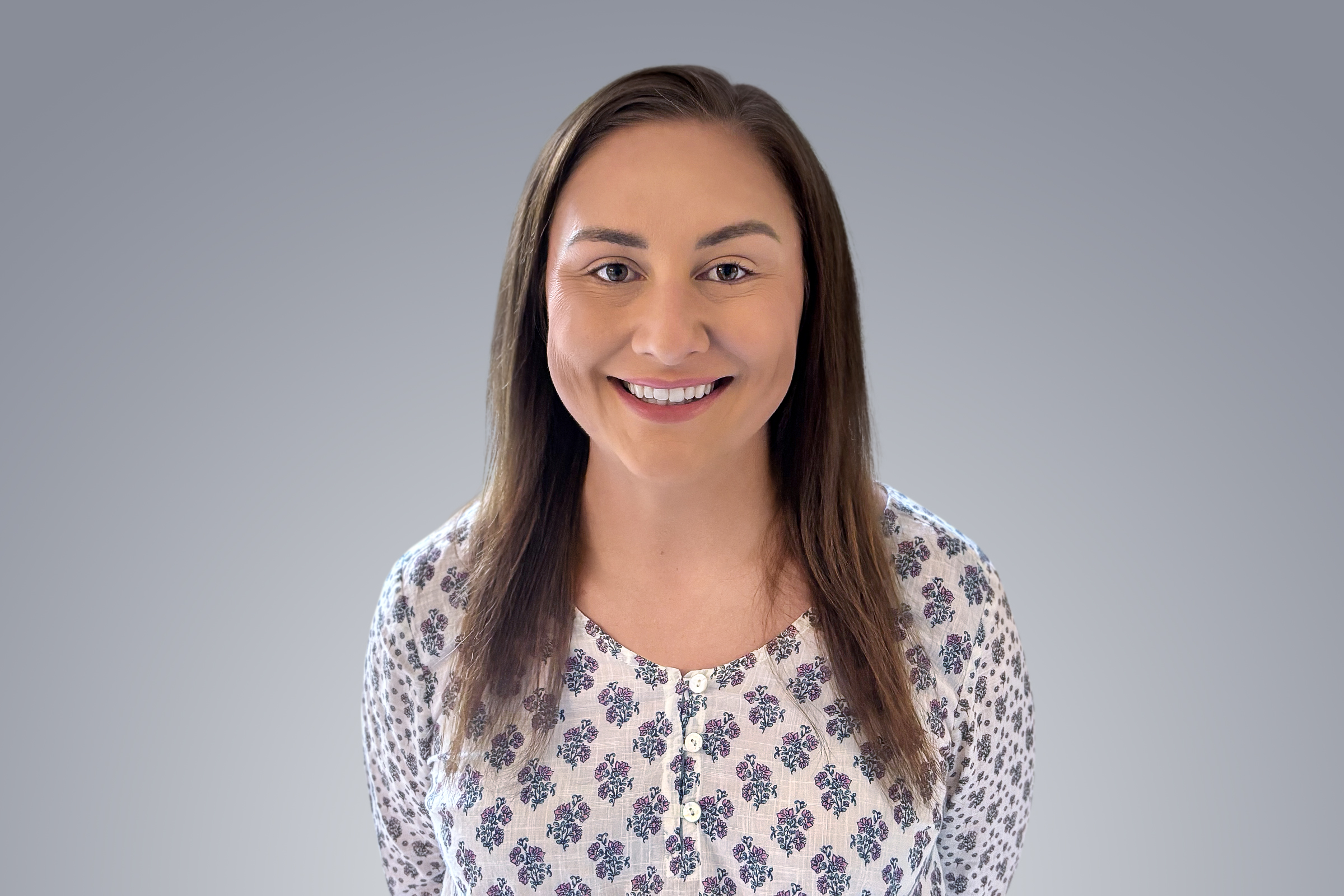Student Loan Collections Are Back – Here’s how To Prepare Financially
If you’re in default on federal loans, take action now.
Article published: July 15, 2025

In April 2025, the Department of Education announced that actions against student loan borrowers who have defaulted on loan payments will begin again. What does it mean for you?
WHY STUDENT LOAN COLLECTIONS ARE RESUMING IN 2025
A brief background: In 2020, payments on federal student loans held by the DOE (for example, Federal Direct Loan and Federal Perkins Loan) were paused because of COVID-19. Interest also stopped accruing during the pause. This did not apply to private loans or those not held by the DOE.
In late 2023, payments technically were required to restart, but no action has been taken against anyone who continued not making payments. Interest also started to accrue again at that point.
Beginning in May 2025, the DOE will resume taking action against anyone in default on their federal student loans. Some examples of the impact of the DOE’s action are a defaulted borrower’s credit score, wage garnishment or other debt collection activities.
Note that the effort to restart collections doesn’t apply to loans that are in forbearance or deferment – those are different than being in default, as is being on a payment plan with a $0 minimum payment.
THE RISKS OF IGNORING STUDENT LOAN PAYMENTS
A loan can go into default if you had payments that were due and you didn’t make them, nor did you contact your lender to make any kind of arrangements that would allow your loans to stay out of default. The timeline for going from “delinquent” to “default” after one or more missed payments varies by loan type.
Missed payments are reported to credit agencies as soon as 90 days after they were due. Once your loan is in default, the federal government can also garnish your wages and tax refunds, Social Security or other payments made by the U.S. Treasury.
Anyone in default on a DOE-held federal loan should have been contacted by the Office of Federal Student Aid in late April or early May to let them know about the latest developments and their options.
FINANCIAL STEPS TO TAKE RIGHT NOW
REVIEW YOUR LOAN DETAILS
Even if you’re pretty sure your loans are in good standing, it’s a good idea to review your loan details at this time. If you don’t know how to get started, you can find this information by logging on to the Federal Student Aid website at studentaid.gov or your loan servicer’s website.
Check your:
- Loan holder (which could be the Department of Education, or a bank or school) and loan servicer (this is who you make payments to)
- Amounts owed
- Payment plan type (standard, graduated or income-driven, for example)
- Loan status (in repayment, default, forbearance or deferral)
- If your loans are in forbearance or deferral, when that period ends and payments will become due
- If not, your monthly payment amount and any amounts past due
- If you’re enrolled in an income-driven repayment plan, it’s also a good idea to check which one, for reasons we’ll talk about below
EXPLORE REPAYMENT OPTIONS AND RELIEF PROGRAMS
Get your loan out of default
If you’re in default, this is the first thing you’ll need to do. One way to get your loan out of default is to “rehabilitate” it. To rehabilitate a loan held by the DOE, follow these steps:
- Mail or fax a copy of your tax return or tax transcript to the DOE’s Default Resolution Group.
- You will then receive a loan rehabilitation agreement based on your income information. It includes your payment amounts, payment options and terms. Decide if you can afford the monthly payments.
- If the terms work for you, sign and return the agreement. If not, you can ask to have payments recalculated based on your actual expenses by filling out a Loan Rehabilitation: Income and Expense Information form. This may or may not reduce the amount of the payments. To rehabilitate your loan, you must agree to either the original or recalculated amount.
- Make nine on-time payments over a period of 10 consecutive months.
During the period your loan is being rehabilitated, it’s still in default and your wages and tax refunds can still be garnished until you’ve made five of the payments. Any garnishments won’t count toward the nine on-time payments.
Once your loan is rehabilitated, the default will be removed from your credit history (although missed payments from before the loan was in default will remain). You can generally only rehabilitate a loan one time.
An alternative way to get out of default may be to consolidate the loans into a new Direct Loan. Your eligibility will depend on what type of loans you have, whether you have a garnishment order against you and whether you’ve previously consolidated your loans. You may also be required to either start an income-driven repayment plan or make three on-time payments to be able to consolidate.
Also note that any accrued interest will be added to your principal, which may raise your monthly interest on the loan and lead to a higher total repayment amount.
Consolidating your loans will not remove the default from your credit history.
Consider an Income-Driven Repayment plan
If you haven’t been paying your loans because the standard payment was too high, consider an IDR plan. Note that if your loan is already in default, you’ll need to resolve that first.
There are a variety of IDR plans, which all calculate your monthly payment based on your income and family size. The terms may vary, and your eligibility for a specific plan depends on the type of loans you have.
- Income-Based Repayment Plan
- Income-Contingent Repayment Plan
- Pay As You Earn Repayment Plan
The SAVE plan, a fourth IDR plan option enacted by the Biden administration, is currently paused by a court injunction. Anyone enrolled in the plan before the injunction is in forbearance until the court case is resolved. If the plan is disallowed, you may need to enroll in a different plan in the future, so watch for information from the DOE and your servicer.
For IDR plans, interest will be added to your outstanding loan amount if your monthly payments aren’t enough to cover it. In other words, your balance can actually go up over time. But all IDR plans have a repayment period (20 or 25 years) after which any remaining balance may be forgiven, assuming you’ve made the required payments.
Check whether you qualify for Public Service Loan Forgiveness
If you work for the government or a nonprofit (or volunteer full-time through AmeriCorps or the Peace Corps), you may be eligible to have your remaining balance forgiven after you make 120 qualifying payments (which includes months in certain kinds of deferment or forbearance).
To apply, complete the PSLF form. You’ll need to include a form for every employer you worked for during the time you made qualifying payments, unless you submitted the form annually over the past 10 years.
Apply for a hardship deferment or forbearance
Again, you won’t be able to do this while your loans are in default. But a deferment or forbearance will temporarily suspend your payments (while interest may continue to accrue, increasing your balance). Your loan servicer can help you understand which kind of deferment or forbearance you may qualify for and what documentation you’ll need to provide.
BUDGET FOR PAYMENTS
If you’re not in default yet (or if you’ve resolved the default via rehabilitation or consolidation), now is the time to look at your budget and make sure you’ve adequately planned for the payments.
Starting an IDR may help you lower your payments. If you still need more room in your budget, see if you can cut expenses somewhere. You could also consider increasing your income with a side hustle or second job.
It’s rarely a good idea to fund loan payments by cutting out retirement savings or emergency fund contributions. Make sure you’ve considered all other options first.
WHY YOU SHOULD TALK TO A FINANCIAL ADVISOR
Juggling student loans, other debt and long-term goals like retirement and a home purchase can be stressful – it can even feel impossible. A financial advisor can help you with personalized budgeting guidance and strategies for managing debt while making progress on your goals.
If you’re in default on your loans or in danger of defaulting, you need to take action. But don’t panic – options are available to you, and a financial advisor can offer guidance and strategies that can help you take proactive steps toward financial security and freedom.
This material was prepared for educational purposes only. Although the information has been gathered from sources believed to be reliable, we do not guarantee its accuracy or completeness.
Neither Edelman Financial Engines nor its affiliates offer tax or legal advice. Interested parties are strongly encouraged to seek advice from your qualified tax and/or legal professionals to help determine the best options for your particular circumstances.
AM4620768





